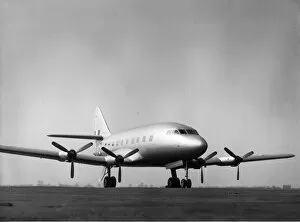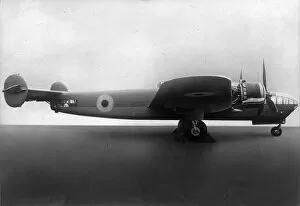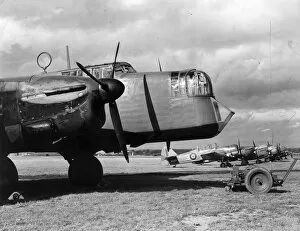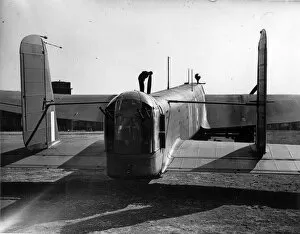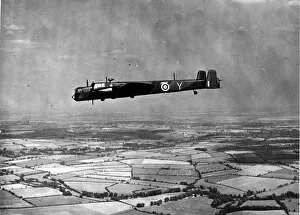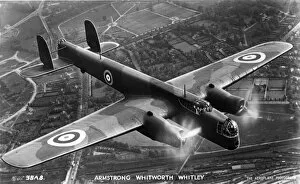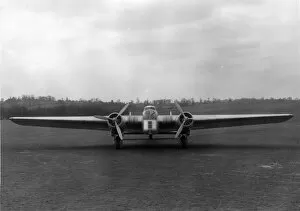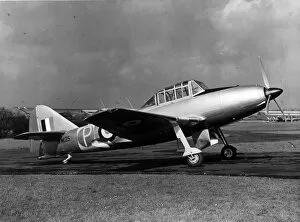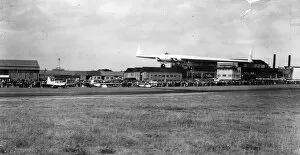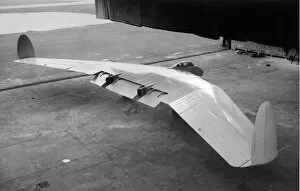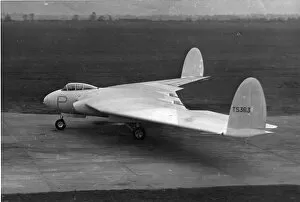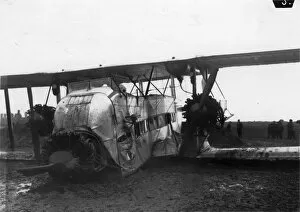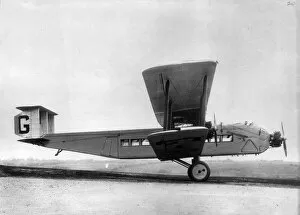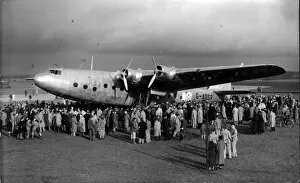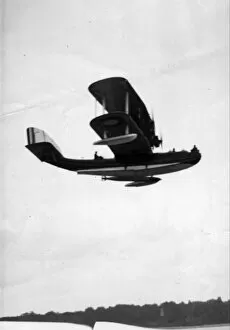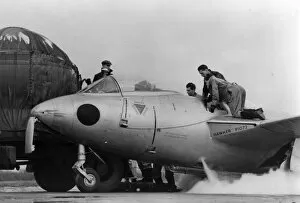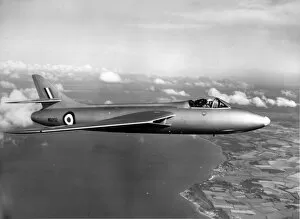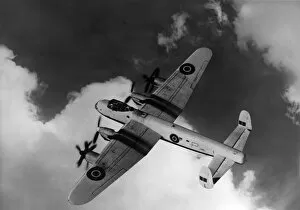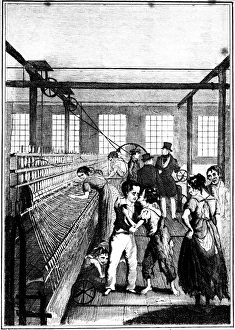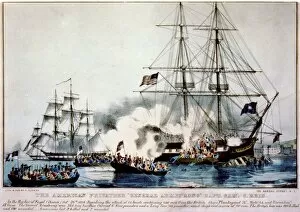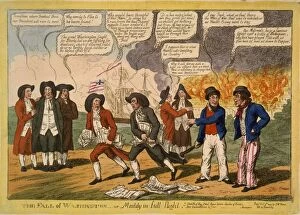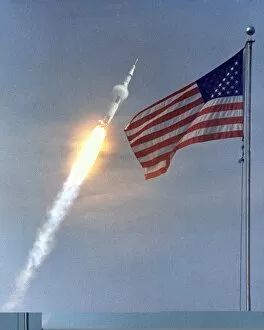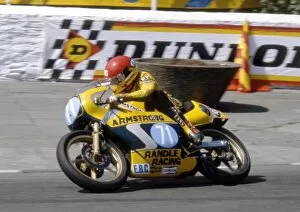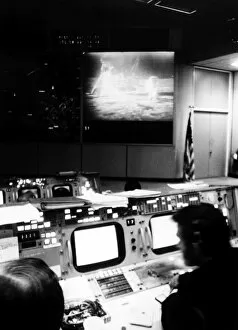"Armstrong: A Legacy of Exploration and Innovation" From the Armstrong Whitworth Whitley Bomber in the Second World War to Neil Armstrong's iconic footprint on the Moon during the Apollo 11 mission, the name "Armstrong" has become synonymous with groundbreaking achievements. In 1939, the Armstrong Whitworth Whitley Bomber took to the skies, playing a crucial role in defending nations during one of history's darkest periods. Its strength and reliability were unmatched, symbolizing Armstrong's commitment to excellence even in times of adversity. Fast forward three decades later, and another Armstrong would make history. On July 20th, 1969, Neil Armstrong became immortalized as he stepped onto the lunar surface. His footprints forever marked mankind's first steps on an extraterrestrial world—a giant leap for humanity that still captivates our imagination today. But before that historic moment came Apollo 11's launch—an awe-inspiring spectacle that ignited dreams of reaching for the stars within us all. The sheer power unleashed by those engines was a testament to Armstrong's dedication to pushing boundaries and exploring new frontiers. Beyond space exploration, it also left its mark on aviation with passenger planes like Imperial—offering comfort and luxury while soaring through the sky. It exemplified how innovation could elevate travel experiences for people around the world. The image of Buzz Aldrin standing proudly on the Moon encapsulates not only his own achievement but also reflects Neil Armstrong and their spacecraft Eagle—their journey intertwined inextricably as they ventured into uncharted territory together. And who can forget those iconic bootprints imprinted upon lunar soil? Each step taken by these brave astronauts represented mankind's insatiable curiosity and determination to explore beyond what was once thought possible—a true testament to human resilience underpinned by technology developed by companies like Armstong Siddeley Sapphire. Even closer to home lies Bamburgh Castle, a symbol of strength and endurance standing tall against the test of time.

